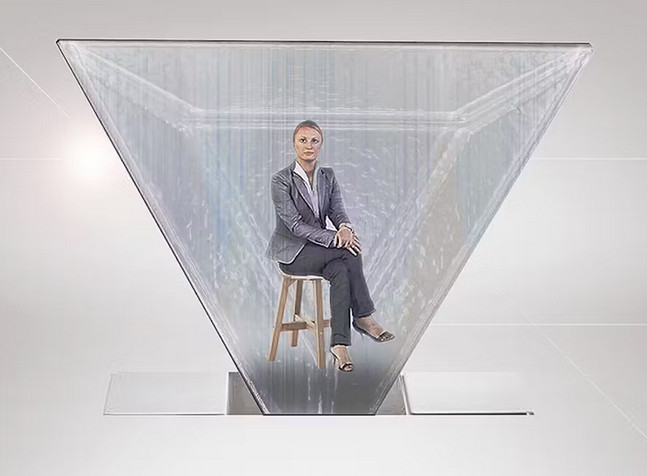
Last month, Judge John Gibney Jr found himself uncertain as he presided over a trial featuring hologram witnesses. Despite the problem being a simulation, the hologram witnesses had an uncanny realism as they were projected life-sized into the courtroom. Judge Gibney, who serves on the U.S. District Court for the Eastern District of Virginia, acknowledged that while the hologram witnesses fell short of the genuine human presence in the courtroom, their portrayal surpassed mere video representation. This extraordinary occurrence occurred at William & Mary Law School in Williamsburg, Virginia.
According to Judge John Gibney Jr, the enhanced clarity of the imagery provided the viewers and listeners with a better opportunity to assess the credibility of the witnesses. The Center for Legal and Court Technology at William & Mary, in collaboration with Proto Inc., a hologram company based in California, has dedicated the past four months to exploring the utilization of holographic court witnesses.
Center director Fredric Lederer expressed his belief that this technology is markedly distinct from any previous forms of video conferencing employed. He emphasized the potential of holograms to enhance the convenience and accessibility of witness testimony, provided that courts and administrative agencies embrace this innovation. Nevertheless, Lederer noted that it remains uncertain whether holographic witness testimony would meet constitutional standards.
In addition to legal considerations, cost, and technical issues also come into play. An Epic unit, which serves as the hologram technology, carries a price tag of approximately $65,000, though leasing options may be cheaper. During testing, the William & Mary Center encountered a few bandwidth issues due to the system's reliance on the Internet, potentially causing technological glitches.
David Nussbaum, the CEO of Proto, expressed that the application of hologram units in court settings had previously been on his radar when contacted by Lederer. Nussbaum envisions the potential for courts to leverage this technology, which advertisers, celebrities, and educators have predominantly utilized.
Lederer asserts that holograms resemble in-person testimony sufficiently, making a compelling argument that they comply with legal requirements. He further argues that the COVID-19 pandemic has demonstrated the necessity for meaningful alternatives to individuals physically appearing in the courtroom.

